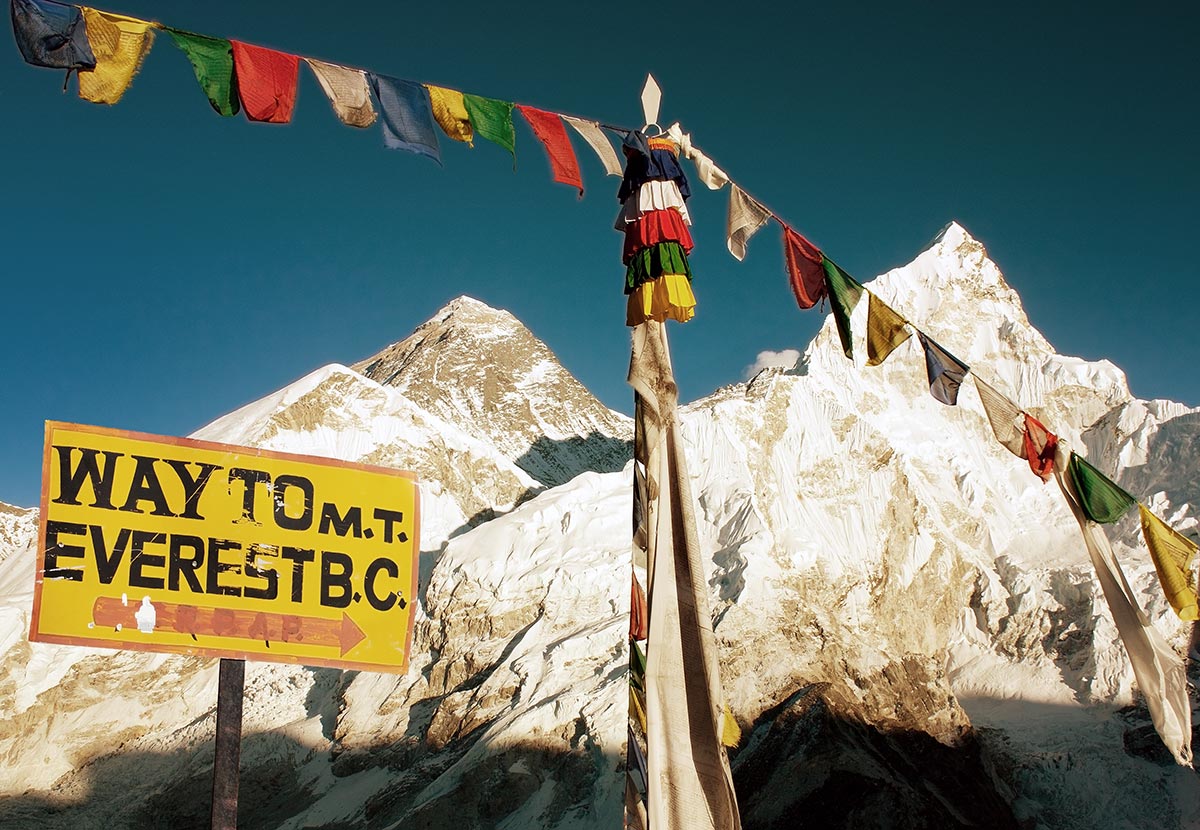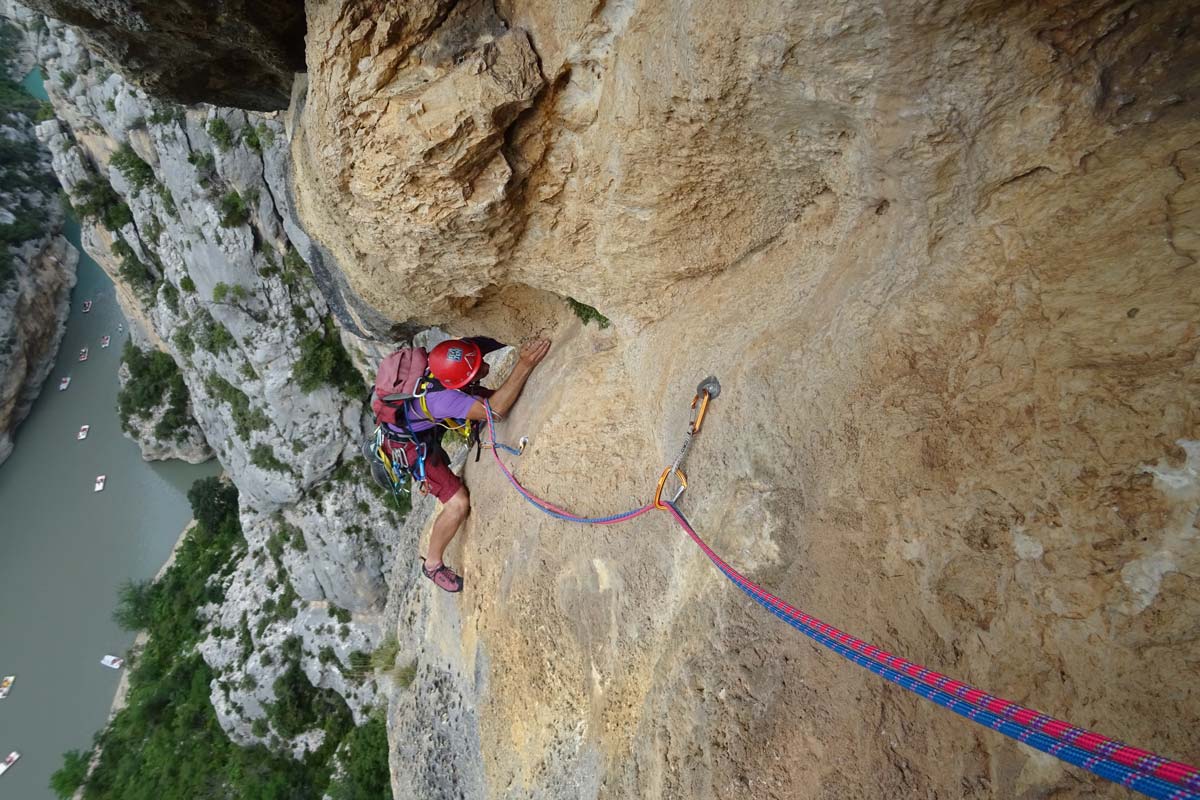The subject of 8000m peaks has long created great debate and intrigue among the climbing community. Many people recognise the 14 x 8000m peaks located in the Himalayan and Karakoram regions. UIAA Honorary Member Reinhold Messner was the first to climb them all.
These are: Everest (Sagarmāthā), K2, Kangchenjunga, Lhotse, Makalu, Cho Oyu, Dhaulagiri I, Manaslu, Nanga Parbat, Annapurna I, Gasherbrum I, Broad Peak, Gasherbrum II, Shishapangma.
UIAA Mountaineering Commission:
There is currently a discussion going on in mountaineering circles as to what constitutes a “mountain” and what constitutes a separate “peak” as opposed to a “top”, a subsidiary summit or just a minor bump along a ridge.
The Nepal Mountaineering Association and the Government of Nepal are to be commended for raising this issue inasmuch as it relates to the 8000 metre peaks in Nepal. Their investigations suggest that there may be as many as six more points over 8000 metres which would change the landscape of the quest for the “8000ers” more than somewhat. All of the “new” points are associated with the currently known 8000 metre mountains and have, in the past, been considered as subsidiary peaks of the main massifs involved.
The UIAA Mountaineering Commission has been requested to comment on this marker as it has, in the past, been involved in the definition of the 4000 metre mountains in the Alps (Mountain classification: 4000ers of the Alps – March 1994). In the present instance, involving the 8000 metre peaks in Nepal, the opinion of the UIAA may have some economic repercussions as well as being a marker of national definition for the Nepali nation.
In order to be as “scientific” and rational as possible, the UIAA resisted the temptation to be dogmatic in this matter and therefore contacted the International Geographical Union (“IGU”) to establish if there was a generally accepted definition of a “mountain” or a “peak”. The UIAA was, in turn, referred to the IGU Commission of Mountain Studies for an expert opinion. This body then sent the UIAA query, to various of its experts in mountain markers. These ranged from the purely topographical to the more pragmatic and spiritual. While there is a lack of a full consensus it was established that there is no one definition of a “mountain” or a “peak” or a “top” or “point” in topographic terms. In fact, the query from the Nepalese (and the UIAA) has sparked an interesting debate amongst the experts – and one which they are very keen to continue until some definition is reached – or not!
The UIAA Mountaineering Commission has considered the arguments and opinions put forward by the IGU Commission for Mountain Studies experts and, while there is no definitive “answer” the fact that this is open ground leaves MountCom and the UIAA to consider the best interests of the world mountaineering community.
The UIAA has taken into consideration all the aspects that are pertinent in this discussion. These include the topographical details, the historical facts, the interests of the local communities and the Nepalese government, the previous UIAA experience in defining the alpine peaks over 4000 metres and the “spiritual” aspects in individual cases. This later aspect is of considerable importance.
Firstly, the topographical details of the individual cases. As previously noted there is no set definition of a mountain peak. Attempts have been made to define a peak by its “prominence” above the nearest col or summit, the distance from those features. All these attempts “fail” as the situation is different in the cases in different mountain ranges. What might work in the Alps will not work in the Himalaya where the scale is completely different. We therefore agree with the IGU experts that no common definition is possible.
The spiritual and local community interests tend to coincide in a number of cases. In particular, the case of Kanchenjunga where four more “tops” are measured at over 8000 metres. There is an argument to consider these as separate peaks. However, when the meaning of the Sikkimese name “Kanchenjunga” is considered – the “Five Treasuries of the Great Snow”, it is clear that the local population consider the five peaks to be one mountain.
This reasoning can also be applied to other of the newly defined 8000 metre peaks as they are all considered as part of a greater mountain mass, e.g. Lhotse, Lhotse Shar, Lhotse South. Mountaineering history also confirms the recognition of the main mountain summits over 8000 metres with 14 being universally recognised – eight of those being in Nepal, (or on the border with China) five in Pakistan (or on the border with China) and one in China (Tibet). This historical fact, while by no means definitive, is generally recognised by the mountaineering community worldwide. And since that is the community, together with the local population, which has the most interest in these mountains, it is perhaps appropriate that this definition be used.
The Mountaineering Commission strongly recommends that, while this discussion is of continuing interest, climbers the world over are more interested in the “journey” than they are in the summit – “it is better to travel hopefully than to arrive”.
It is therefore the opinion of the UIAA that the number of mountains over 8000 metres be recognised as the “classic” 14 peaks. Should the Government of Nepal, for administrative and other reasons, choose to recognise more summits they are of course, entirely within their rights.
Article by UIAA Mountaineering Commission



